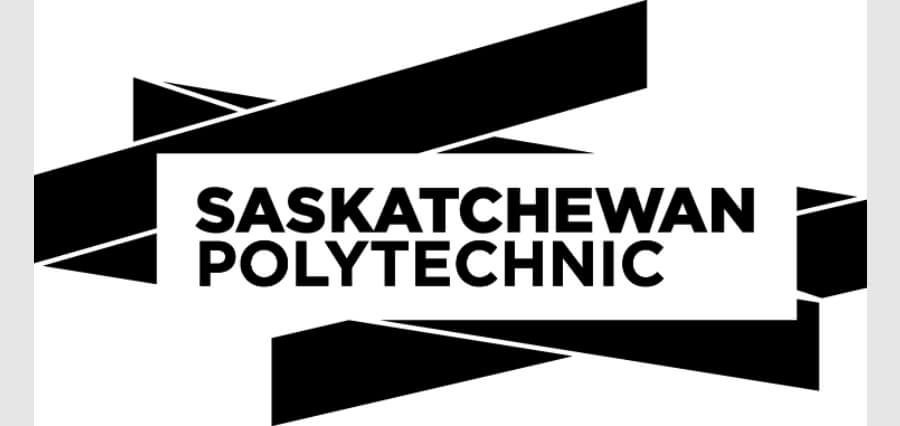Nanotechnology is gradually revolutionizing healthcare and nursing. It is also greatly impacting drug delivery. In order to adapt to these changes in drug delivery systems, healthcare professionals will have to educate and prepare themselves. For achieving proper therapeutic dosing, doctors and nurses have to understand the drug metabolism and pharmacokinetics of nanomedicines.
Pharmacogenomics is playing a very important part in transforming cancer treatment. Oncology nurses need to be well-aware of the treatment procedures and gather essential information required for the same. Nowadays, there has been an emergence of new drugs that are focused on cancer treatment and the genetic keys that are specific to the individual patient. These drugs are designed for a person’s unique genetic code and a particular cancer’s molecular profile. Some drugs work better than others with the help of some genetic mutations and produce better results for the patients.
In some oncology practices, nurses are responsible for molecular profiling and writing molecular-based treatment routines. As per research, molecular profiling can be advantageous in identifying specific tumor targets.
The advent of groundbreaking innovations like nanotechnology is assisting nurses in administrating new precision molecular drug therapy. Hence, this calls for proper education and knowledge in nanomedicine and nanotechnology. Nurses need to be well-versed in targeted drug therapies. This will assist them in properly communicating with their patients about the new treatments so that the patients become aware and can take proper treatment decisions.
Nanotechnology–An Ever Evolving Phenomenon
Nanotechnology is a field that is constantly expanding. There have been many speculations on how it can be applied in healthcare. It has been speculated that nanoparticles can be applied in eye drops for the treatment and prevention of glaucoma. Silver-based products made from silver nanoparticles can be applied to bedding so that the spread of Methicillin-Resistant Staphlococcus Aureus (MRS) can be prevented in hospitals. Moreover, silver nanoparticle products can also be used to prevent infection from burns. It is expected that nanoimaging can improve the monitoring of therapy and provide direct feedback to nurses and physicians. A nano-enabled insulin delivery device with the ability of detecting glucose levels is expected to be available soon for the treatment of diabetes. Nanotechnology vaccines are projected to treat diseases like hepatitis and malaria. It will be useful in the treatment of osteoporosis for bone regeneration and also in regenerative procedures for knee joint treatment. It is also projected that nanotechnology will be used for treating CNS disorders. It is important because brain acts as a sanctuary for a wide variety of pathogens including HIV-1.
Effective Implementation
Nanoshells are molecules covered with silver, gold, or other metals. Drugs can be compressed in these nanoshells for proper administration and delivery. The concerned healthcare professionals will be able to activate the nanoshell with infrared light or magnetic fields and can release the containing therapeutic agent at the precise time it reaches the target in the body.
Healthcare professionals, especially nurses, can play an important role in influencing, promoting, and ensuring that nanotechnologies are safely and ethically used in the workplace. Nurses have to come up with plans to help the patients in their more independent role. They also need to be trained and educated about occupational safety, and should be provided with appropriate safety guidelines regarding proper and safe handling of nanomaterial in the workplace.
Many federal agencies, organizations, research institutes, and other departments are working together to research on the possible effects of designed nanomaterials and nanopharmaceuticals on humans, animals, and the environment. These leading institutes are funding the research with the objective of coming up with concrete results.
Towards Safe and Secure Utilization
While implementing any new technology, safety and risk measures have to be taken into consideration. In case of nanotechnology, the ethical and safe use and implementation is of utmost concern. While implementing nanotechnology applications, institutions have to be cautious about various risks related to liability, privacy, finance, and the safety and effectiveness of products. Moreover, there are also health concerns associated with nanoparticles. Precautionary steps taken by the concerned authorities can avoid the inhalation of nanomaterial. Inhalation of nanoparticles may affect various organs of the human body including lungs, spleen, liver, and even the brain. Materials like gloves, masks, gowns, and so on may not provide sufficient protection.
Moreover, nanotechnology is expected to have considerable effect on nursing informatics. These effects may include the electronic health record design, systems interoperability, and safety controls. The EHR design will also have to receive and integrate the data and information that is being provided by the nanomaterials. Also, as Bluetooth devices sense each other, similarly patient data may also be transferred to EHRs mechanically.









